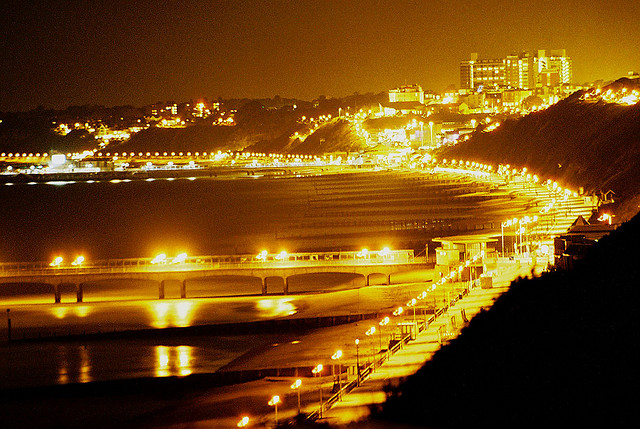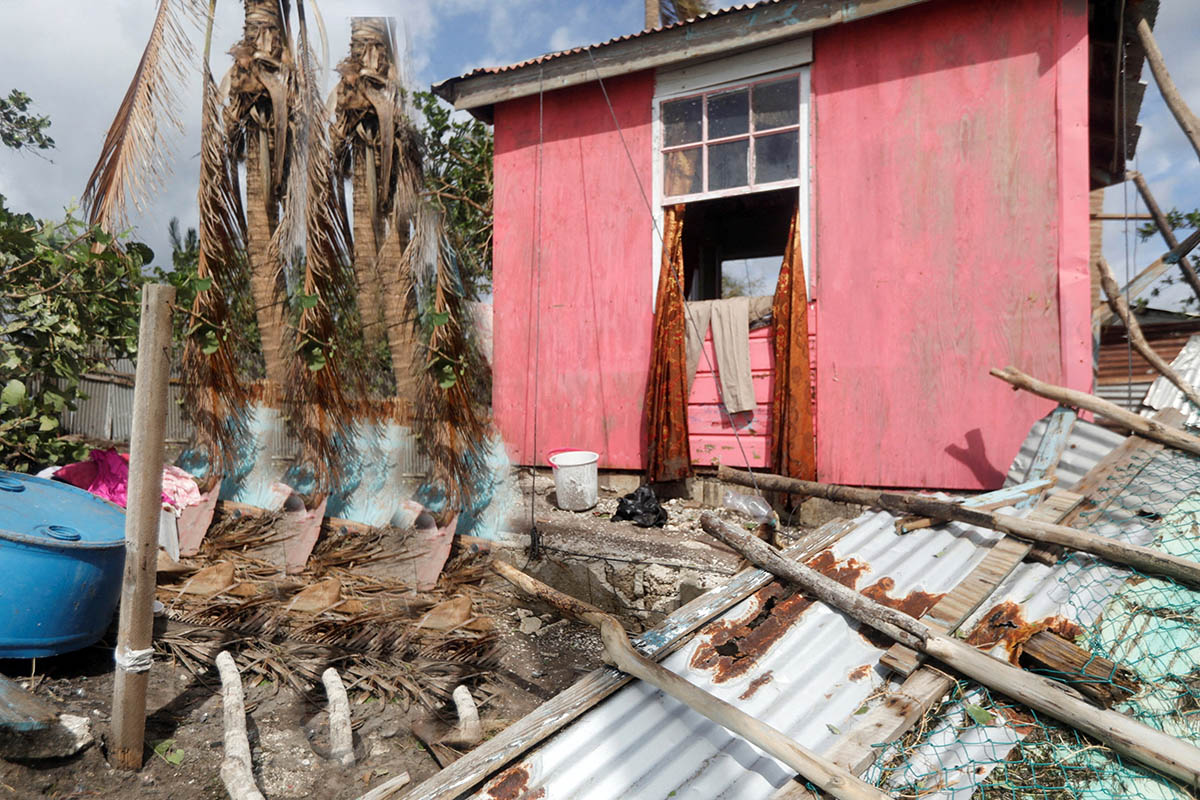"Nature provides a substitute for electric lights"
January 7 In the search for sustainability, Harmanan Singh, 17, a Commonwealth Correspondent from Mumbai in India, suggests a bright future could be found by making use of naturally-occurring fluorescence.
In the search for sustainability, Harmanan Singh, 17, a Commonwealth Correspondent from Mumbai in India, suggests a bright future could be found by making use of naturally-occurring fluorescence.
Sustainable living is a lifestyle that strikes a cordial relationship between civilizations and the environment. Societies must strive to attain an optimum condition where an ecosystem is conserved.
In the 21st century, the population demands a staggering amount of resources, which means that the earth is unable to meet the demands of the ever-increasing population. Energy sources like fossil fuels are exhaustible, thus the need for renewable energy sources arises.
Fluorescence is a long-known illuminating phenomena. Humans have failed to unearth the true potential of fluorescence as a source of light. I would like to present this phenomena as an inexhaustible source of light energy. My project focusses on sustainable environment and sustainable energy.
Fluorescence is the property of some atoms and molecules to absorb light at a particular wavelength and to subsequently emit light of longer wavelength after a brief interval. These atoms present a solution to the problem of depleting resources and can be harnessed to illuminate households and societies. Photoluminiscent materials can be used in various form to enable this source to substitute for electric lighting.
Window Panes and Wall Paints: Photoluminescent fluids can be filled between window panes or used as wall paints. This set-up glows in the dark. Phosphorus, Zinc Sulfide and Strontium Aluminate are the key fluorescent materials used here.
Plants: Photorhabdus luminescens is a bacteria that can be used as a self-replenishing source in plants. These bacteria are introduced in the plant environment and on watering plants with tonic water, provide a suitable luminiscent to the plant. During the night, these plant stems glow and illuminate the immediate surroundings.
Various innovations have been introduced to check the depletion of fossil fuels and other resources. Solar energy and hydro energy are two examples. All these sources also require electrical setups for effective production of electrical energy. Fluorescence is used in its original form, is renewable, and negligible loss of energy takes place.
This idea provides an effective and sustainable alternative to the current sources of light. It is also easier to develop compared to other prevalent innovations. Fluorescent atoms present a solution to the problem of depleting resources and can be harnessed to illuminate households and societies. If plants and trees could illuminate parks, we wouldn’t have needed street lamps.
photo credit: www.ruffrootcreative.com via photopin cc
…………………………………………………………………………………………………………………
About me:
I am a Grade 12 science student in Mumbai, India. I am an explorer with an endeavour to visit every nation on this planet. I aspire to be a travel journalist and experience varied cultural vibes across geographies. Wildlife, debating, poetry and entrepreneurship are some of my other interests.
…………………………………………………………………………………………………………………
Opinions expressed in this article are those of the author and do not necessarily represent the views of the Commonwealth Youth Programme. Articles are published in a spirit of dialogue, respect and understanding. If you disagree, why not submit a response?
To learn more about becoming a Commonwealth Correspondent please visit: http://www.yourcommonwealth.org/submit-articles/commonwealthcorrespondents/
…………………………………………………………………………………………………………………




